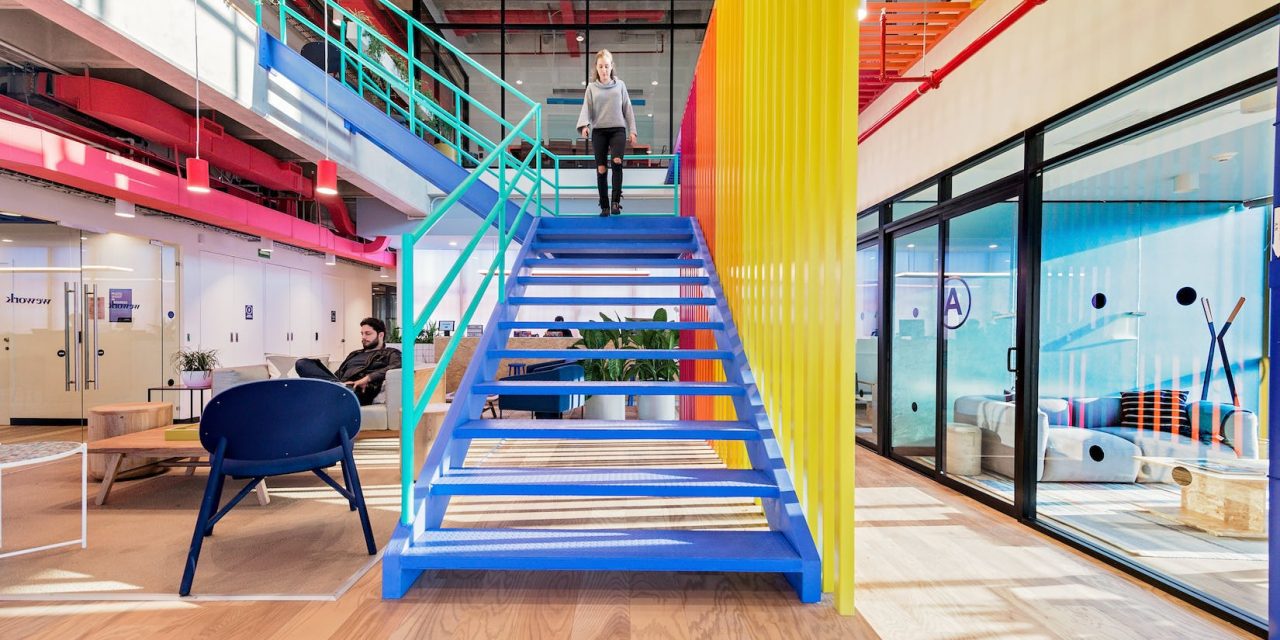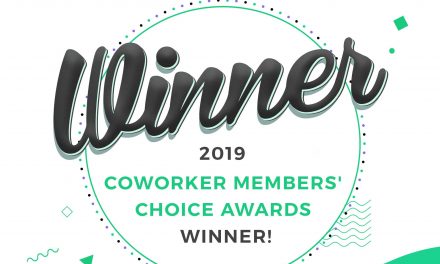America’s bosses are working themselves into a frothy fit in an attempt to force their workers and workplaces back to 2019, back to the office and back to the known and, seemingly, controllable past.
This presents a priceless competitive opportunity for the open-minded startup leadership team.
Yes, more and more companies are requiring employees to return to work. And yes, many companies have settled into an anxious, indefinite hybridness. This most often manifests in a policy of working two or three days of the working week from the office, and the other days remotely. A study by Kastle Systems found that the middle of the week was now the most popular to be in the office, with 55% of workers going in-office on Tuesdays or Wednesdays.
Many employers even gave into the temptation of presenting remote and hybrid work as ongoing battles between management and employees. Where managers may think they have the leg up in dangling the metaphorical hybrid work carrot, employees see this as newly discovered leverage gleaned from the Great Resignation.
From my conversations with CEOs, I hear much evidence to support this view. Most CEOs seem to feel in a state of siege. They view the advent of remote and hybrid work expectations as a critical loss of management visibility and control. They want their employees back in the office where they can see and direct them.
For most executives, the advent of remote work was like having their eyes plucked out. They can’t see their employees working and the lack of visibility raises dreadful spectors of lassitude, quiet quitting, moonlighting, and other lapses in accountability. Whether wholly paranoid or, in part based on truth, most CEOs just want their old sense of visibility and control back.
Let’s face it: remote and hybrid work were always on the horizon, the technology – Zoom, Slack, and digital project management tools – and the processing speeds that make remote work near seamless, have been coming together long before the pandemic. However, the natural conservatism of management, combined with the fear and careerism of employees, meant that change was coming slowly.
Then COVID-19 arrived as a gigantic cheese-moving event. Readers will remember the massive bestseller about the human abhorrence of change, “Who Moved My Cheese.” Well, the pandemic moved everyone’s cheese, and there’s no going back.
One thing these disruptions do is trigger fear. Fear attaches to every sign as a threat, to every bit of evidence as a sign of dreadful consequences to come. People freak out. That’s what management is still doing. Including politicians… New York City Mayor Eric Adams has notoriously begged tech leaders to maintain in-person jobs in the city.
But, despite our worst fears, cities aren’t actually dying. CNBC reports that New York real estate and office head count is anticipated to stay at current levels, if not increase.
This, despite not returning to pre-pandemic work policies. Hybrid is now being considered an expectation, with studies finding a large number of employees going to the office three days (37%), four days (12%), two days (15%), or one day (11%) a week.
There are competitive advantages to be gained in the disconnect and conflict between most management and most employers. Ultimately, they will figure it out. Until they do, there’s a window of opportunity for new companies with new thinking to gain market share and a priceless advantage in recruiting and keeping top talent.
My own company, a brand-building advertising agency in New York City focused on positive behavior change, decided to make a virtue of this crisis early on. We stepped back and developed a strategy for a remote/hybrid work world. While others were in denial or living in the false hope that “everything will return to normal,” we were looking for opportunity in the disruption.
This is what authors Dr. David S. Gruder and Mark S.A. Smith call “Nimbility” in their recently launched new business bestseller, “The Nimble Company” and “The Nimble C-Suite.” Nimbility is the combination of “high resiliency” and “high innovation.” In short, we knew we could withstand the risks of change, and we had the chops to seize the opportunity.
Our strategic insight: The best people anywhere will always beat the best people somewhere.
A work-from-anywhere employment marketplace would help us connect with “the perfect people for us” wherever they are. We decided we needed to establish Work Freedom policies and that Work Experience Equity would need to be a corporate commitment. In short, it means that we are committed to do everything in our power to make sure that employee experiences are equitable regardless of whether the employee is in the room or connecting remotely.

As a leadership team, you can’t get there by thinking in one direction – just in terms of the company’s interests and needs. When you start to think about what’s best for the growth, happiness, enrichment and life experience of the employee, you begin to realize that there’s plenty of beneficial change that can take place.
This isn’t altruism. Today, fully alive, thriving, growing, self-motivated, fully-engaged team members are a competitive advantage.
This bigger picture or whole-picture view and feel for the situation may be uncomfortable at first. It may force competitive, metrics-oriented, high-performing managers on your team to consider truths that they wish weren’t true. For example, many of your employees will go on to careers beyond the company. Some of your employees will have side hustles, and many of those with side hustles will actually be better employees for your company because they do.
In fact, remote and hybrid work with a high degree of freedom built in can help employees pursue long-term goals, which is a great way of building a strong value proposition into employment at your company.
The Positive Behavior Change Index shows the high correlation between “good for my life by being good for my behavior” and increased market share (DiGo and Market Theory AI). In short, companies that are perceived to be good for our behavior are rewarded with growth, while companies that are perceived to be bad for our behavior are punished. They either lose market share or have to spend much more for growth than their good-for-you competitors.
There’s evidence that remote work and work freedom is good for people, that it’s good for their behavior, for their lives, for their careers. And there are benefits for employees, employers, and the economy too.
Employee wellbeing is a competitive advantage.
In a competitive marketplace, as in life, most truly great things and nearly all outsized advantages come from courageous leaps into the unknown. The truth is that no one can accurately predict what the future of work will be like. But it will be the future, not the past.
Seize the advantages of looking at the future of work with fresh eyes, compete with fresh strategy, and build a refreshing culture of work. The opportunity is now.









